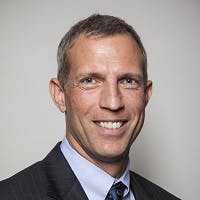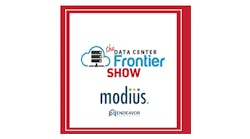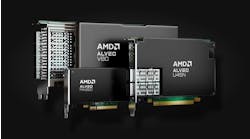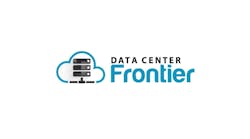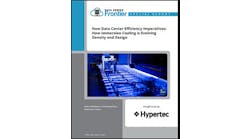Helping CIOs Move Past the Hype: Taking Action on Sustainability with One Metric
Reporter Isabelle Bousquette included the following statistic from Gartner: "The IT consulting and research firm estimates that by 2025, 50% of CIOs will have specific performance metrics tied to energy consumption—forcing tech leaders to prepare now."
Not in 2035 or 2030 – but 2025 – in two years.
For over 15 years, sustainability has been at the core of Schneider Electric’s transformation journey and, in June, I was talking about the tremendous pressure CIOs were under when we launched the modernization of our EcoStruxure IT software portfolio.
Since Data Center Infrastructure Management (DCIM) software first emerged, there’s been tremendous change and CIOs have been at the center of that storm.
Your mission-critical infrastructure is everywhere
IT infrastructure has gone from traditional data centers to a sprawling, distributed environment and your company’s business continuity relies on everything from the smallest end point to the largest data center. Legacy DCIM was not created with our hybrid IT environment in mind. We are now firmly in the era of data centers without boundaries. Mission-critical infrastructure is everywhere and it needs to be running non-stop to provide the seamless experience users have come to expect.
Monitoring and maintaining IT infrastructure has become increasing difficult. CIOs were used to keeping it resilient and secure but increasingly, they must keep it sustainable. This is the trend known as DCIM 3.0 and it is challenging even the most sophisticated CIOs. In June in Intelligent CIO Magazine, I called these three goals – resiliency, security, and sustainability – a trifecta of responsibilities that might be keeping CIOs up at night. And I urged the forward-looking CIO to evaluate their infrastructure portfolio to ensure they had the capacity and availability to meet these new requirements, along with the power and cooling equipment needed to support IT.
I even quoted Jack Welch, saying it might be time to “Change before you have to.”
Prioritizing sustainability doesn’t have to be a Herculean task
The Wall Street Journal article confirmed what we at Schneider Electric have been focused on as we help CIOs shift their mindset to one that prioritizes sustainability and emphasizes taking action. I understand it is not an easy shift to make and CIOs are in the spotlight as they attempt to navigate this new world. But it doesn’t have to be a Herculean task.
For many CIOs, the main problem is they aren’t sure where to start. So, let me recommend one metric to get your sustainability journey underway. Figure out how much energy your IT is consuming. Half of it is coming from outside your data center. Don’t wait for a shareholder or an employee to ask what your company’s IT carbon footprint is. Find out now so you will be able to answer the basic questions because the next set of questions they ask will require even greater granularity into your sustainability metrics.
Here’s how to get started
One way to get started is with Schneider Electric’s new White Paper 100: 3 Steps to Calculate Total Enterprise IT Energy Consumption. The White Paper is an invaluable tool to help CIOs accomplish this task. It provides a simple framework to measure and track IT energy consumption across the entire enterprise IT portfolio.
And it is only one piece of content in a library of resources that Schneider Electric’s Energy Management Research Center members create and share. The Center’s science- and fact-based resources, which include TradeOff Tool calculators that allow users to personalize input data, provide guidance and often practical, manageable steps to take action. I think of them as resources to help CIOs and others move past the hype – beyond the mindset of acknowledging the need exists for sustainability monitoring and reporting to a place where they can start doing something about it.
As I mentioned earlier, action on energy consumption and sustainability is expected in 2025. The issue will not be going away and it will not become simpler.
If you’re a CIO who hasn’t started incorporating a sustainability plan yet, I respectfully ask, “What are you waiting for?”
Kevin Brown is SVP, EcoStruxure Solutions, Secure Power Division, at Schneider Electric. For more information, download Schneider Electric's whitepaper: 3 Steps to Calculate Total Enterprise IT Energy Consumption

